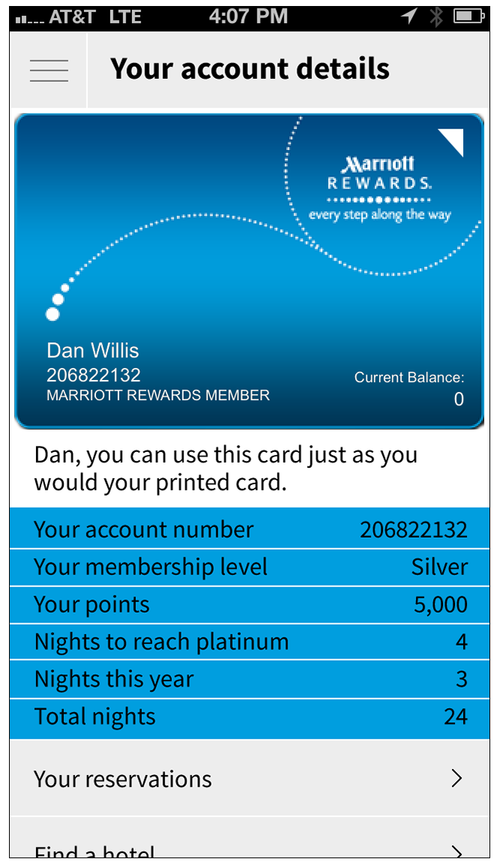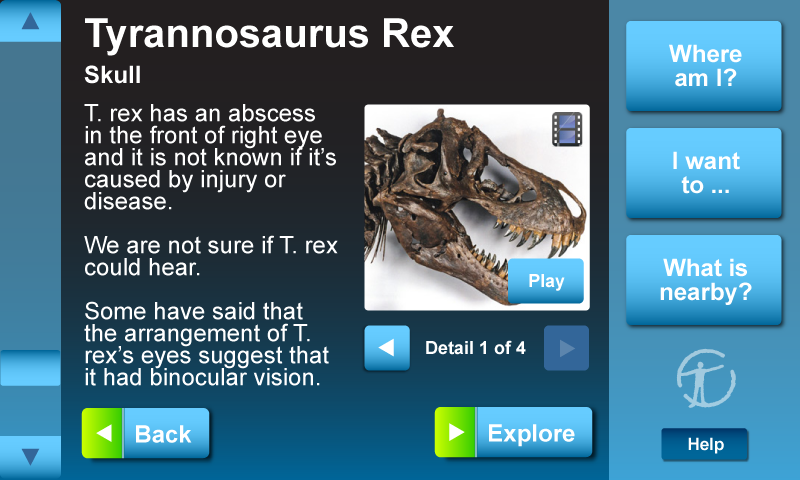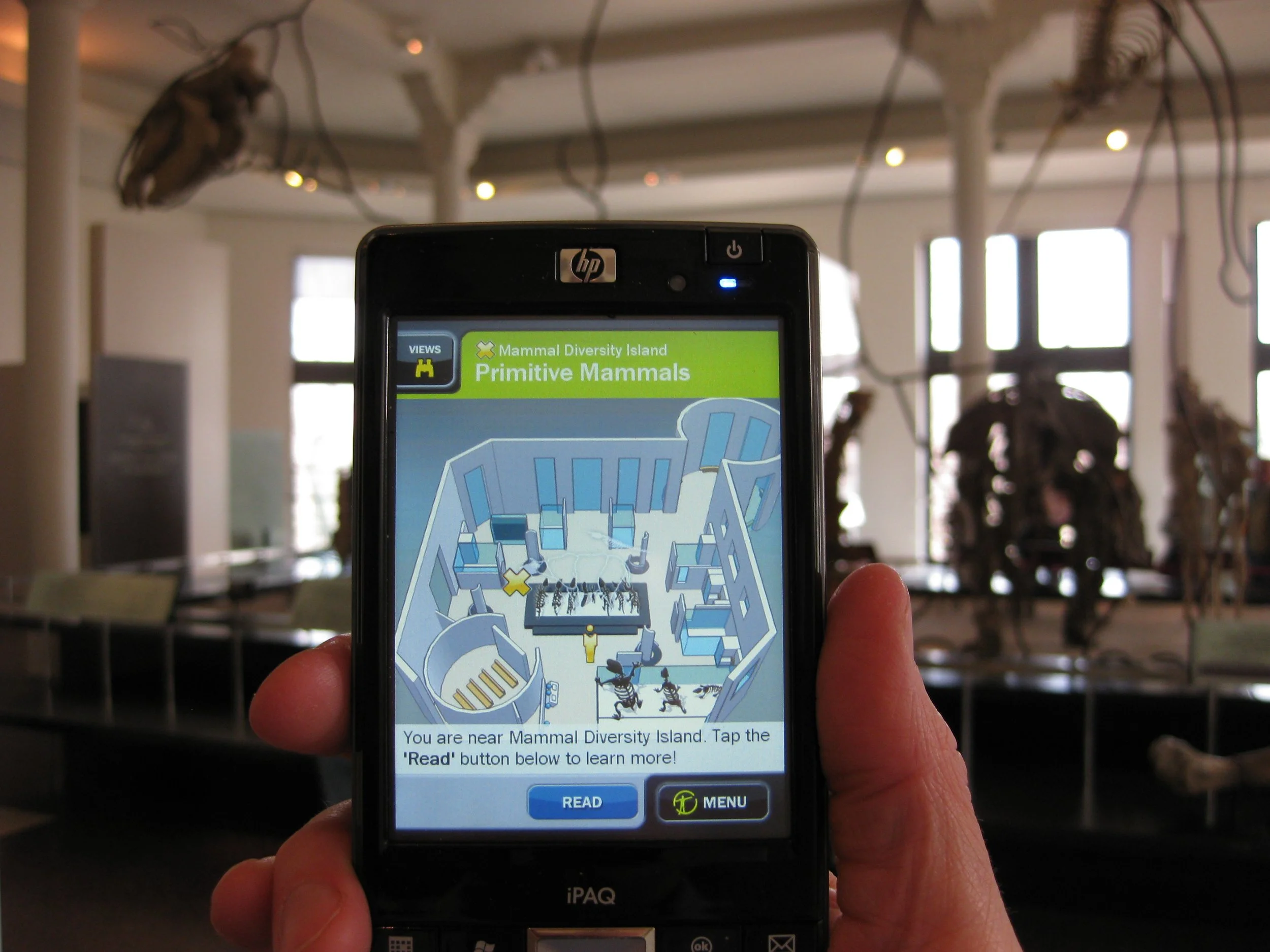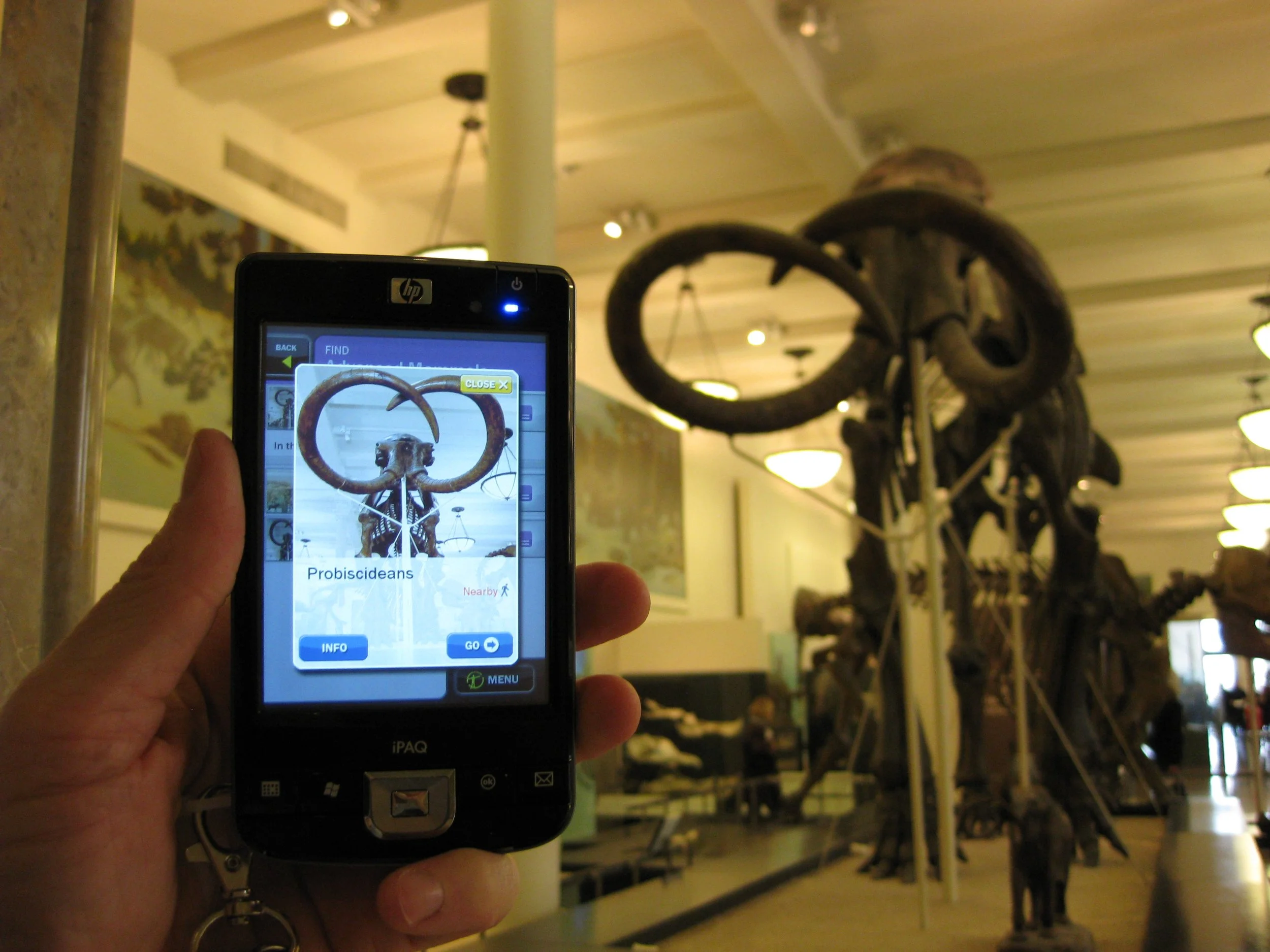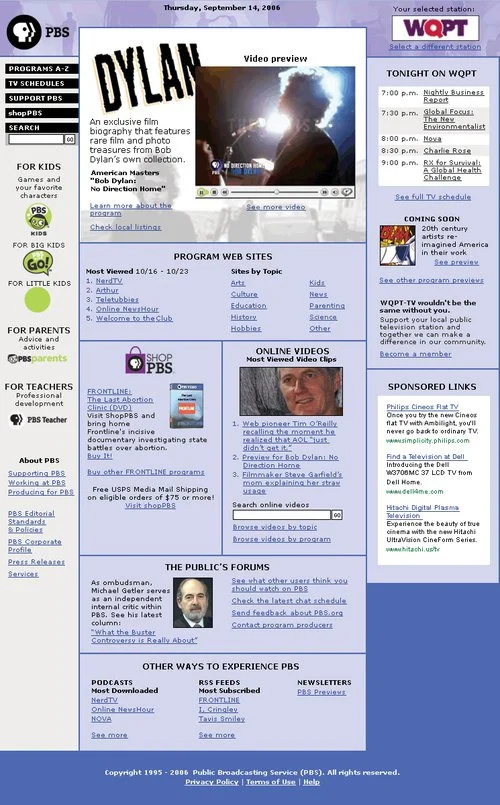Case studies
Modernizing procurement
OPM needed an innovative approach for contracting development projects and they needed it in a hurry.
A CASE STUDY
My roles
Consultant
Workstream lead
2.5 million federal retirees and survivors depend on Office of Personnel Management’s Retirement Services to administer their benefits. Legal Administrative Specialists (LAS) adjudicated cases using the
FACES desktop app to determine benefits. For most cases, an LAS hand-entered information about the retiring federal employee based on paper records organized in a physical case file. The adjudication system depended on the LAS’s expert knowledge of retirement regulations and policies.
Both the FACES app and the “engine” that calculated benefits relied on technology that was no longer supported by manufacturers.
Solution: Jump-start OPM’s ability to contract and run modern design and development projects
I collaborated with stakeholders at all levels of OPM’s OCIO and Retirement Services division to craft two multi-million dollar procurements. I led both acquisitions, writing work statements, leading the proposal evaluation process and selecting vendors. I introduced a human-centered approach for both the creation of a calculation service and the replacement of the tool used to adjudicate the benefits for all retired federal employees. I managed the project teams and their managers and communicated with OPM stakeholders throughout the projects.
Outcome
We followed an approach for replacing LAS’s adjudication tools that was more centered on user needs than just about any federal development project I’ve ever been involved in.
Introducing Human-Centered Service Development
What started as a challenging customer experience engagement quickly expanded into an ambitious and innovative product development solution.
A CASE STUDY
My roles
Engagement lead
Product development lead
Workstream lead
The Treasury Department’s Alcohol and Tobacco Tax and Trade Bureau (TTB) collects taxes on alcohol, tobacco, firearms and ammunition. For more than two decades, TTB’s Office of the Chief Information Officer developed services with limited involvement from the rest of the bureau. The organization became less and less able to identify or address its customers’ needs as a result. An opportunity to rethink service development came with the retirement of the long-time CIO, but early efforts faltered.
Hoping to bolster their nascent service development efforts, TTB asked CoE’s help to expand their customer experience capabilities and create an environment where innovation would be more easily adopted.
Solution: Introduce service development that focused on satisfying customer needs
After interviewing a long list of TTB stakeholders, I came to believe that TTB’s resistance to innovation and lack of connection to customer needs were symptoms that could best be addressed with a new approach to developing services. I recommended a shift in the project’s scope to focus on their faltering service development efforts.
I supervised a team of contractors who conducted customer research, created customer archetypes and developed prototypes.
I supervised a team of contractors who conducted customer research, created customer archetypes and developed prototypes.
I assessed the maturity of TTB’s customer experience capabilities. I designed and facilitated an online workshop where staff and leaders from across the bureau created research-based journey maps
Impact
TTB started rolling out a new service development system as we were closing out our engagement. I collaborated with TTB stakeholders to create roadmaps for the delivery of services and the maturing of customer experience and product development capabilities. I also brought in another group from GSA to discuss how best to introduce product management expertise to support the new system.
Making Humans Unavoidable
U.S. Citizenship and Immigration Services had wasted millions of dollars and ignored users for years before bringing in the U.S. Digital Service to rescue a failing project.
A CASE STUDY
My roles
Consultant
Human-centered design lead
Organizational designer
By the time the U.S. Digital Service (USDS) team got involved in the Electronic Immigration System (ELIS), U.S. Citizenship and Immigration Services (USCIS) had spent more than $1 billion trying to replace its antiquated approach for managing immigration. They had just one online form to show for their efforts; 94 other forms could still only be filed with paper.
ELIS development teams had transitioned from an entirely waterfall approach to a mashup of waterfall requirements-gathering and agile development ceremonies. It remained a system-centric approach that still largely ignored the experiences of the people who would have to depend on ELIS to do their jobs.
The system-centric release planning process followed before our pilot.
Solution: Put the needs of ELIS users at the center of development.
The pilot’s human-centered product development system.
After intense research of ELIS operations, I designed and led a human-centered product development system pilot that helped agile development teams better address implementation, usability, data and security issues. It added both designers and user research to the development process.
I introduced a high-level design system to help developers and designers improve ELIS’s effectiveness while expanding its functionality. The design system provided a consistent approach for crafting the experiences of ELIS users. It included visual and interaction style guides.
I managed the work of USDS UX professionals supporting the ELIS development teams as they participated in the human-centered product development system pilot.
Outcome
Results of the pilot were mixed. While falling short of full-scale adoption, the collaboration with directorate leadership at USCIS introduced user experience discovery to development. It provided a common language for the entire team for talking about the needs of ELIS users.
I was able to bring in a team of ten contract designers to an ELIS project that had never invested in design before. I led the proposal evaluation process and selected a vendor. I restructured development processes to optimize the impact of the new design team.
Going Native
I designed the experience for Marriott’s first native iOS app around the concept that the more we knew about the user, the more we could do to help them.
A CASE STUDY
My roles
Director of Mobile Experience Design, Marriott International
Engagement lead
Designer
Up until the redesign, Marriott had published its mobile products on the constrained and idiosyncratic Kony platform. Marriott's future business success depended on launching truly native iOS and Android apps.
Marriott's digital products were defined by the organization's legacy systems. Business rules were generally inflexible and occasionally inscrutable. Crafting a successful mobile app design required optimizing platform value while navigating the many practical limitations of room search, booking and Marriott Rewards systems.
Solution: Create a human-centered design strategy for the redesign
I designed the experience around content strategy, specifically the primary concept that the more we knew about the user, the more we could do to help them. That led to the design of four user states:
Not signed in
Signed in with no upcoming reservations
Signed in with an upcoming reservation
Signed in during a stay
Mapping how to leverage user goals to expand how we support them.
I also introduced four pervasive design tactics:
Design for fat fingers
Use platform conventions unless they hinder the experience
Help the user imagine wonderful hotel stays with strong imagery
Align with marriott.com design system standards, especially for branding
Outcome
The design strategy was a radical departure for Marriott mobile products and our development vendor resisted my approach and design tactics, but by constant stakeholder and design management, I was able to steer the solution through the organization. (The redesign launched a full year after I left Marriott, but the key aspects of the design survived through to implementation.)
Navigating Dinosaurs
One of the largest and most celebrated museums in the world, the American Museum of Natural History houses 45 permanent exhibition halls and averages five million visits annually. Unfortunately, because it’s made up of 27 interconnected buildings constructed over the last 130 years, it can also be a really hard place to find a bathroom.
A CASE STUDY
My roles
User experience design lead
User research lead
One of the largest and most celebrated museums in the world, the AMNH houses 45 permanent exhibition halls and averages five million visits annually. Unfortunately, because it’s made up of 27 interconnected buildings constructed over the last 130 years, it can also be a really hard place to find a bathroom.
The museum asked for help imagining their digital future.
Solution: Research museum customer needs and produce the musuem’s first digital product requirements
We did the discovery work for a handheld navigation device that visitors would rent from the museum. (At that time early in the 21st century, very few museums in the world had successfully implemented digital wayfinding solutions.) We focused our attention on the museum's famous fourth floor, home of the dinosaur exhibits.
I converted the museum's needs into user-oriented requirements.
I led intense visitor and staff research to help further flesh out our understanding of the challenge.
I introduced three modes that would support most visitor experiences and based the design of a Flash prototype around the modal approach. I also incorporated the museum's favorite potential elements, digital tours and treasure hunts.
I assessed the handheld devices available at the time and plotted their value along a spectrum that had simple interaction at one end and sophisticated interaction at the other, arguing that only a sophisticated approach would be successful.
My analysis of the 2008 digital device market.
Outcome
We provided the materials the museum needed to created an RFP for a handheld rental device, but as that process played itself out, the personal mobile device market exploded. The foundational work I did is now nestled deeply inside the AMNH Explorer iOS app.
Herding Public Media Cats
As it is in many organizations, the home page at PBS was a political hotcake. But in the peculiar public media environment of the United States, the greatest impediments to progress were cultural and the PBS.org Web site design remained unchanged for years as a result.
A CASE STUDY
My roles
Designer
Facilitator
User research lead
As it is in many organizations, the home page at PBS was a political hotcake. But in the peculiar public media environment of the United States, the greatest impediments to progress were cultural and the PBS.org Web site design remained unchanged for years as a result.
Funding funneled through the local stations rather than corporate headquarters and so every station expected to be part of any significant discussion of digital strategy or tactics. The only thing the local stations could agree on, however, was their dissatisfaction with national headquarters.
Culturally, PBS focused on what Web pages looked like much more than on what those pages needed to accomplish so, historically, redesign efforts devolved into endless arguments about color choices and imagery.
Solution: Hit the road to bring station leadership into the design process.
Rather than presenting a polished design, I created a number of conceptual prototypes that intentionally took on PBS' sacred cows. My tactics included:
Replacing brand-based local station representation with mechanisms focused on functionality
Prominently displaying commercial advertising and e-commerce avails
Committing chunks of the page to the transparency to PBS finances
Radically expanding feedback and contact opportunities
In direct opposition to tradition, I promoted less content and did it with more space, forcing arguments about home page real estate rather than allowing compromise to dominate.
I took these prototypes on the road visiting small, medium and large stations to gather reactions. I opened the design process up to dozens in the PBS community, but steered the conversations away from aesthetics and over to user goals and station business needs.








